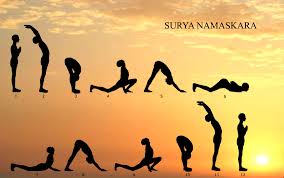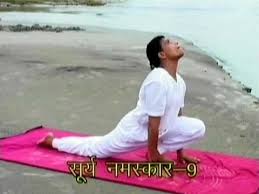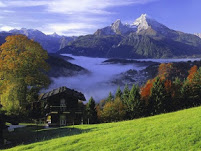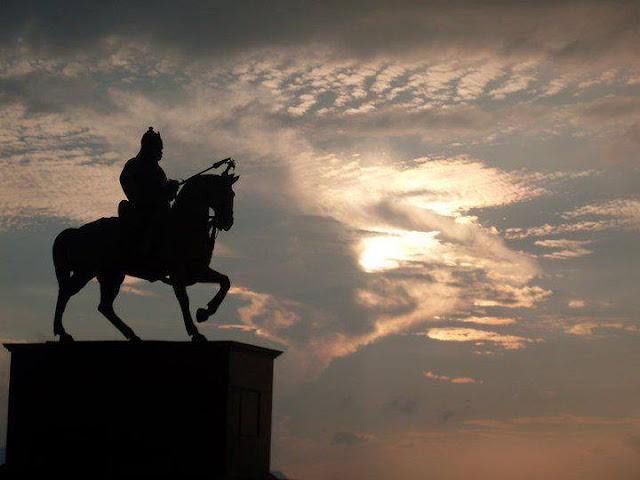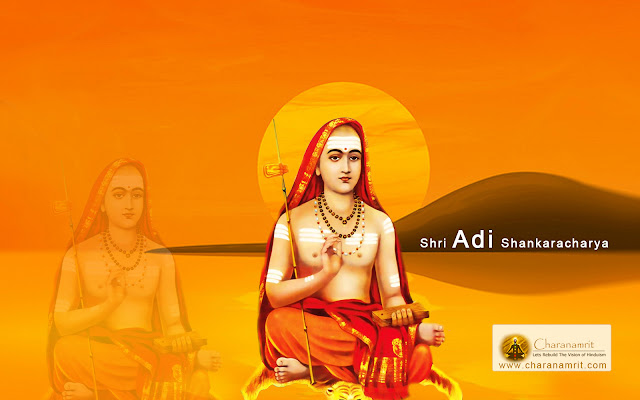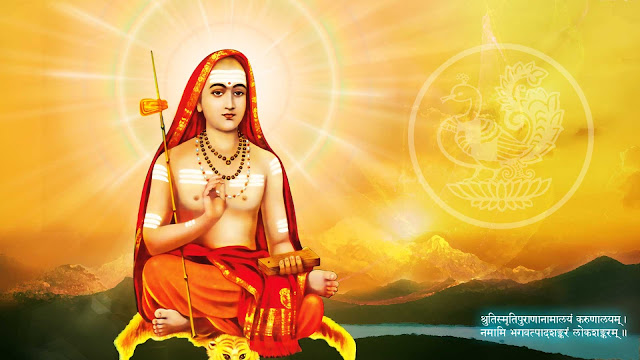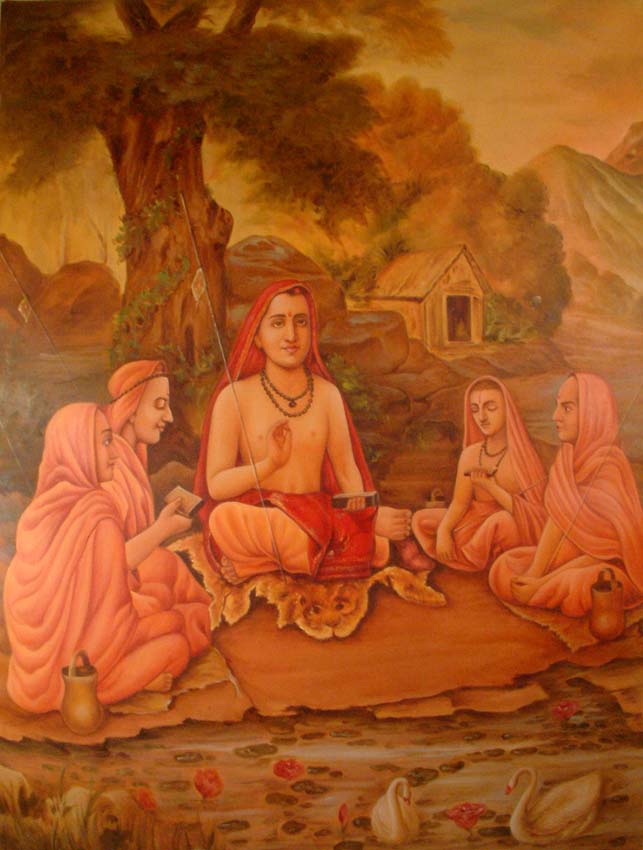Yoga : (b). 3.

(b).This is not Yoga : 3. The public will take a man to be a Yogi or Guru only if he exhibits some Siddhis. It is a serious mistake. They must not be over credulous. They will be easily duped by these Yogic charlatans. They must use their power of discrimination and reasoning. They must study the ways, habits, nature, conduct, Vritti, Svabhava, antecedence, etc., of the Gurus and test their knowledge of scriptures, before they come to any definite conclusion. Next : (c).Prerequisites for Yoga Practice : Sri Swami Sivananda To be continued .....






